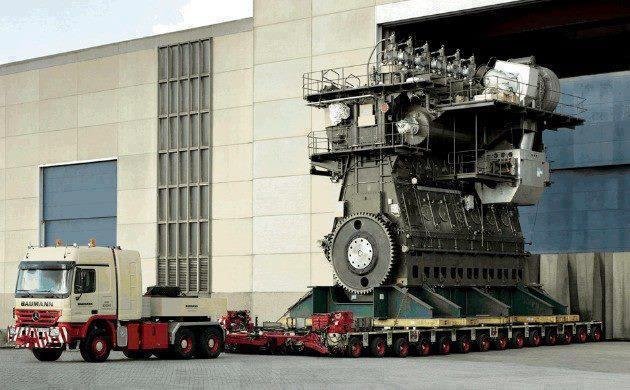Question for all you experienced ocean crossers, or multiple day blue water crossers:
What does a slowish 6-8 knot powerboat do when it encounters a big storm with 20-30' waves? A sailboat can heave to and ride it out as I understand it (but never done it!), but what about the powerboat?
I'm reading this book now and the boats that hove to survived to sail another day, but the ones that tried lying ahull with bare poles got knocked down and rolled, dismasted, etc.
They chose to stop and try these maneuvers because they were surfing down the waves so fast and uncontrollably (even with warps, sea anchors, etc) they were worried about broaching. But what can a powerboat do? Seems like it would be at even more danger of broaching since most powerboat sterns are flatter than most sailboats.
Not that I want to try any of this mind you, but was just wondering!
I personally have not been in 20'+ seas. 15' is the most I've encountered and it was swells with fairly long periods. The largest with short periods is 12'. However, I've discussed it a lot with those who have encountered bigger.
You can heave to in a power boat as well.
The biggest challenge to a power boat is fuel and having enough surplus to be able to handle the sudden worse conditions. You need to be able to cover 24 hours cruising with no progress made. In the worst conditions you are more concerned with making it through the storm than with making progress.
Obviously, you try to avoid such conditions and I know people who have crossed the Atlantic many times, never to see 20'.
In the worst seas, boat length does become a factor with the larger/longer boat being less punishing to those aboard.
In planning, one thing we've tried to consider is the ability to turn back. Let's say we're going 10-12 knots. Picking a long leg of 2000 nm then you have an 8 day trip. Weather forecasts are generally pretty accurate three days out. So, let's say you're half across when the forecast ahead turns bad, but conditions behind you say you can return to where you started in four days. But what happens is if you're 5 days out and suddenly the 48 hour forecast has put a storm targeting the Azores. You can't make it there before the storm. Can you head back to Bermuda? That's where the fuel becomes an issue and you need a reserve. At 6 to 8 knots it's more of a challenge. Most larger boats do it at 10 to 12 but most trawler size boats, 60' and under are 6 to 8 knot boats. At 6 knots it's a 14 day trip. You're talking two week forecasts. You could get 10 days into the trip and need to turn around but that would require you having 20 days worth of fuel. Also, you might not be able to get out of the path of the storm even reversing course.
Even on 6 knot boats, I can't recall any that have encountered 20-30' waves. Our forecast of major systems is good enough it tends to prevent that issue. I think a key is not only to stay on top of the weather in the direction you're headed but also where you've come from since your only escape may be to turn back.
Back to the heave to issue though any passagemaking boat can do it. Some better than others.






